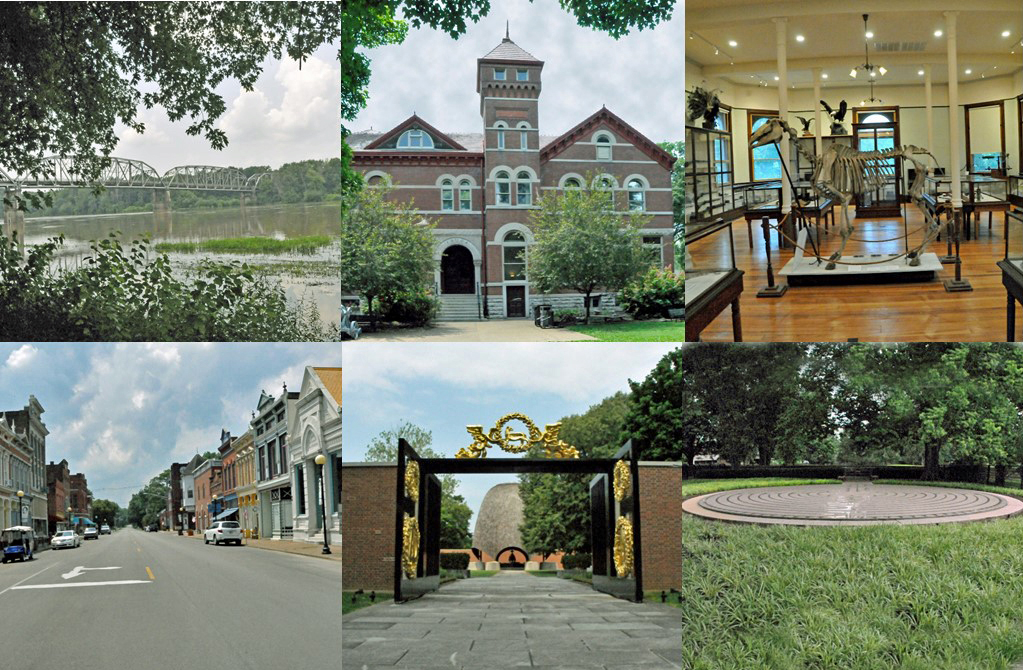n 1825, Robert Owen, a Welsh textile manufacturer, purchased New Harmony, Indiana, and its 180 buildings from the Harmonists, who had established the town along the Wabash River in 1814 as a religious commune. Owen then created a secular socialist society in the town, espousing fair treatment of workers and communal rearing of children, to test his published theories about utopia. William Maclure, a wealthy Scottish geologist living in Philadelphia, became a partner in the venture. Maclure enticed prominent artists, educators and scientists to come by steamboat to New Harmony with 50 tons of books, tools and geological samples – the so-called “Boatload of Knowledge.” Within two years, Owen’s experiment failed and he returned to Britain, but Maclure and the intellectuals he brought with him stayed. As a result, New Harmony became a noted repository of knowledge and progressive ideas, with the United States Geological Survey maintaining its headquarters in the Harmonist’s granary until 1856. In 1838, Maclure founded the Workingmen’s Institute in New Harmony as a library for the education of workers and his bequest funded 143 more. In 1894, Maclure’s original institute occupied a new Romanesque building, which now houses Indiana’s oldest public library. The second floor is a museum, displaying a number of important geological items and the skeleton of Old Fly, a Civil War horse.
The third phase of New Harmony’s progressive history began when Jane Blaffer married Kenneth Dale Owen, the great-great grandson of Robert Owen, and used her wealth and connections to restore and add to the allure of her adopted town. Among her contributions are the Roofless Church designed by famed architect Phillip Johnson, its gilded gates open for worship by individuals of all faiths, and the Sacred Garden, featuring the Cathedral Labyrinth, a replica of the 13th century marble and limestone labyrinth in the Chartes Cathedral outside Paris.
